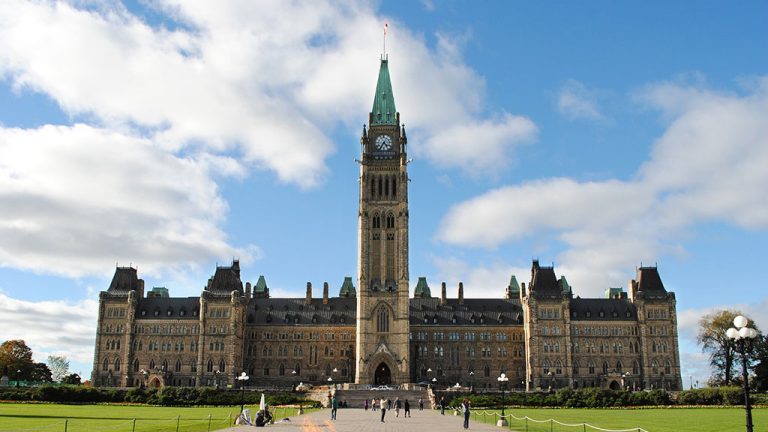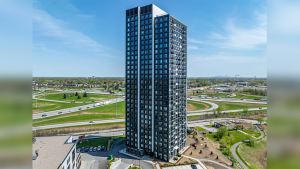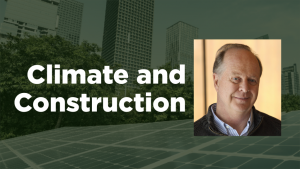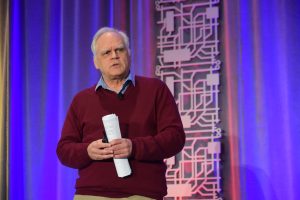A Vancouver firm is taking an active role in bringing passive house standards to the city.
Architect Simon Richards and engineer Scott Kennedy, both from Vancouver-based Cornerstone Architecture, presented a session at the recent Architectural Institute of British Columbia’s (AIBC) annual conference on adapting a passive house standard to their projects.
The problem with the term passive house, Richards said, is that "most of the time we aren’t talking about residential buildings. Basically it’s a standard."
The Passive House, or PassivHaus, standard originated in Germany in the late 1980s and is a world standard in green, sustainable building techniques.
Cornerstone had two projects involving LEED standards, Richards said, but added he felt that standard didn’t measure up to the sustainability standard the company wished to achieve.
"We lost confidence in where we were going (with LEED) and were losing design confidence," Richards said, adding in his view they were being rewarded simply for where the building was located.
Richards also said 55 per cent of greenhouse gas (GHG) emissions in Vancouver come from buildings, one of the higher rankings in Canada.
Cornerstone is implementing the passive house standard in two residential complexes in East Vancouver.
Kennedy said they started to move towards passive house with a question; "how much insulation is enough?"
There comes a point, Kennedy said, where once more money is spent on insulation, the mechanical heating systems can be simplified.
"In reality, most projects divorce the two systems because of uneven heating," Kennedy said.
Buildings are overheated in Vancouver, he added, and implementing the passive house standard will reduce that trend.
"There’s nothing wrong with putting cooling in a building," Kennedy said.
High efficiency heat recovery systems, triple glazed windows and a continuous well-detailed and executed air barrier are also vital to passive house standards, he added.
"You have to build an airtight envelope. You can’t use thermal bridges," he said, though he noted they are used almost exclusively at present in Vancouver buildings.
"Quiet is also important to the passive house standard," Kennedy explained.
Because the heating operations run quietly, he added, it’s possible to put ventilation controls in the hands of residents. In the case of The Heights, one of Cornerstone’s two east Vancouver projects, heat recovery ventilators were installed inside closets. When the ventilation controls are modified it controls a set of five suites.
"Remember, it’s quiet, so if you live in one of those suites you won’t even know," Kennedy said.
Benefits that clients will buy into are thermal comfort, exceptional air quality, a healthy environment and low energy use, Kennedy said.
The big benefit, he added, is after a higher initial outlay there are reduced operating costs.
In order to encourage adoption of passive house standards it will be necessary to develop both trade skills and educate tenants on basic maintenance, Kennedy added.
"You have to educate the trades and engineers, but you can trust the building. There’s also a little education involved with tenants who will have to learn how to change filters and perform other small tasks," he said.
But after the initial outlay in investment and education, he said, passive house means reduced utility costs and less maintenance.
"They’re simple buildings to build and to manage," Kennedy said.






Recent Comments
comments for this post are closed